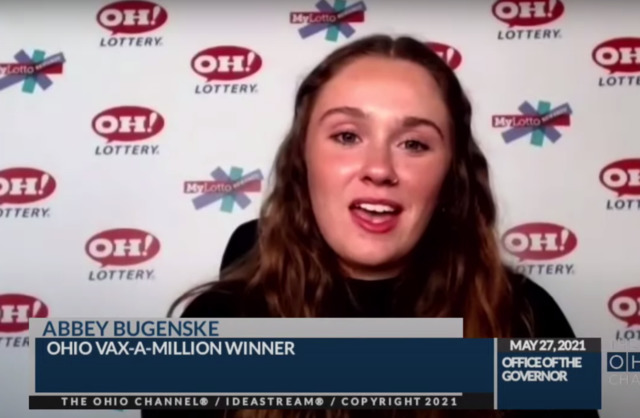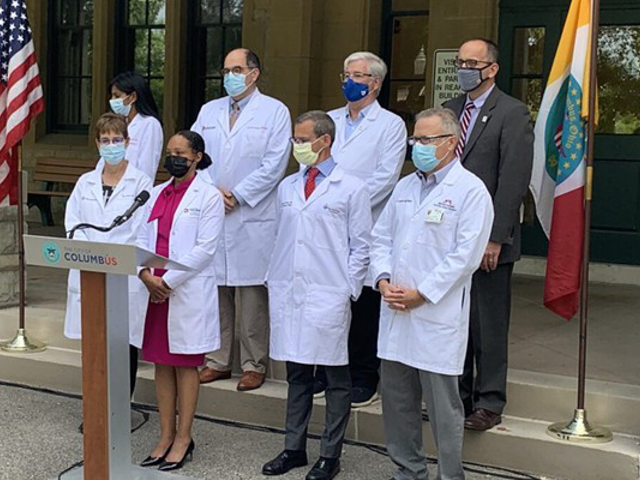
A new study in The American Journal of Medicine found that Ohio’s Vax-a-Million lottery incentive program caused more than 100,000 additional Ohioans to get vaccinated at a cost of about $49 per new Ohioan vaccinated.
The Harvard study contradicts a Boston University School of Medicine study that made news last month suggesting that the Vax-a-Million lottery was not associated with increased adult COVID-19 vaccination rates in Ohio.
The Harvard study was conducted by comparing Ohio’s vaccination rate during and after the lottery to the vaccination rate of a control region.
Using a statistical technique, study author Neil Sehgal used demographic and COVID-19 vaccination data from a combination of similar parts of other states to create “synthetic Ohio,” a region that closely resembles Ohio in order to model vaccination rates in the state prior to the lottery announcement.
Using the control region, Sehgal simulated what Ohio’s vaccination rates might have been had the Vax-a-Million lottery not been announced.
Prior to the announcement of the lottery, Ohio and synthetic Ohio had similar demographic characteristics, similar new case rates and identical first vaccination rates. After the announcement of the lottery, vaccination rates in both Ohio and synthetic Ohio increased.
By June 20, days after the end of the lottery, Ohio’s vaccination rate outpaced synthetic Ohio’s by 0.98%, equivalent to 114,553 additional Ohioans getting vaccinated.
Ohio launched the Vax-a-Million program in mid-May, as COVID-19 cases dropped alongside the statewide registration rate. The lottery ran from May 26 to June 23, with five weekly $1 million prizes for adults and college scholarships for young people from 12-17 years old.
The state recorded an initial jump in the vaccination rate in the weeks following the Vax-a-Million rollout, but new vaccinations waned after the first winners were announced on May 26. By the second week of June — as the third of five drawings were held — Ohio recorded its lowest vaccination rate in all of 2021 to that point.
The Boston University study suggested that Ohio’s vaccination rate bump might be attributed to other factors, like the May 10 expansion of vaccine eligibility to adolescents 12-15 years old, which could have caused an increase in adult vaccination rates as well.
To assess the accuracy of the results of his study, Sehgal performed several sensitivity tests, including an “in-time placebo” test that adjusted the lottery to have begun and concluded before the actual announcement date for the Vax-a-Million lottery. With the date adjustment, the vaccination rates for Ohio and synthetic Ohio still trended the same.
Though the study found the lottery to have actually increased the amount of vaccinated Ohioans, Sehgal said that further efforts are needed to increase the state’s vaccination rate. As of Monday, just over half of the state’s population has received at least one dose of the vaccine, and 47% of the population is fully vaccinated.
“I think that the Ohio (Vax-a-Million program) got a lot of attention when it was happening right at the beginning because it was basically the first state to launch such an ambitious incentive,” Sehgal said. “It got so much attention, but it wasn’t clear if it was actually a good idea.”
Since the lottery program launched in May, 13 other states have introduced lottery programs for residents who get vaccinated, and the Biden administration has pledged to give funding to vaccine incentive programs like the Vax-a-Million lottery.
This story was originally published by the Ohio Capital Journal and republished here with permission.





